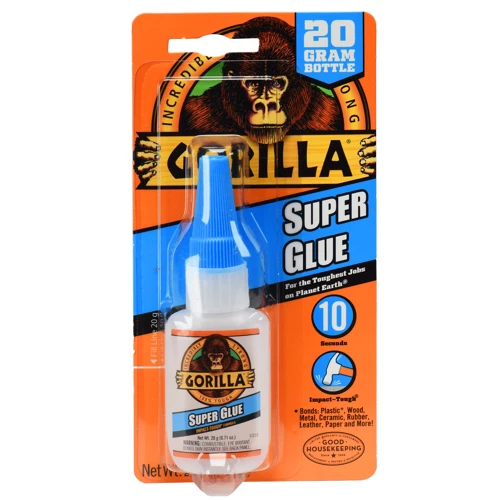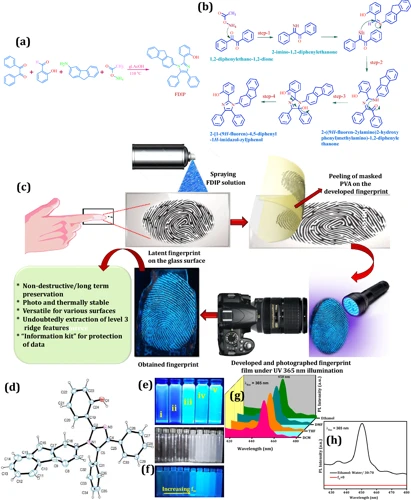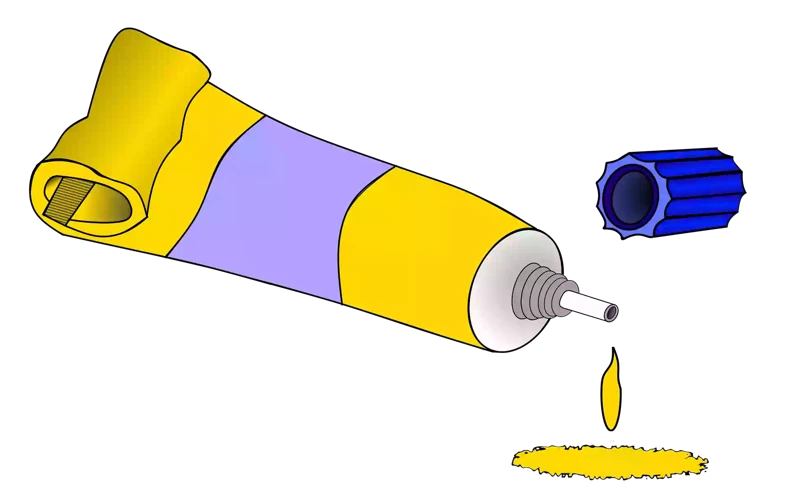What is Known as the Super Glue Test
The term “what is known as the super glue test” refers to a forensic process also known as cyanoacrylate fuming. This method utilizes the vapors of super glue to develop latent fingerprints on a variety of surfaces. The simplicity and efficiency of this technique have made it a staple in crime scene investigations around the world.
Why is Superglue Sometimes Used to Find Prints
Investigators turn to super glue for its unique ability to make invisible fingerprints visible. “Why is superglue sometimes used to find prints?” is a question that underscores its practicality. Super glue offers a non-destructive and highly effective means of finding prints on surfaces where traditional powdering methods may not work, providing investigators with crucial evidence in solving crimes.
Understanding How Super Glue Fuming Works
The process of revealing latent fingerprints with super glue is both fascinating and complex. It involves a chemical reaction that occurs at a molecular level, and understanding this reaction is key to appreciating the effectiveness of the method.
What Does Cyanoacrylate React With in Fingerprints
At the heart of the process is the question: “What does cyanoacrylate react with in fingerprints?” The answer lies in the fingerprint residue itself, which contains amino acids, fatty acids, and proteins. When the cyanoacrylate in super glue is heated, it vaporizes and then reacts with these substances, creating a visible, sticky white polymer that adheres to the fingerprint pattern.
The Science Behind Super Glue and Prints
Delving deeper into “how does super glue fuming work,” it’s the science of polymerization that explains the bonding of super glue vapors to the fingerprint residues. This reaction is exothermic, meaning it releases heat, which helps to further catalyze the polymerization process, resulting in a visible print that can be photographed and analyzed by forensic experts.
Step-by-Step Guide to Super Glue Fuming
Cyanoacrylate fuming is a technique that requires careful execution to ensure the best results. The following step-by-step guide outlines how professionals use super glue to reveal latent fingerprints.
Preparing the Super Glue Fuming Chamber
The first step involves setting up a controlled environment, often a specialized fuming chamber, where the process can be safely conducted. The chamber must be airtight to prevent the escape of fumes and maintain the necessary humidity and temperature levels. The items with potential prints are placed inside, and then the super glue is added to a heat source, typically an aluminum foil tray.
Developing the Prints with Super Glue Fumes
Once the chamber is sealed, the super glue is heated, and it begins to emit fumes. These vapors circulate and settle on the objects within the chamber. Over time, the interaction between the fumes and the latent prints results in the development of a white polymer that outlines the fingerprint patterns.
Post Fuming: Visualizing the Fingerprints
After the fuming process is complete, the developed fingerprints can be further enhanced for clarity. This might involve applying a contrasting dye or powder to the white polymer or using alternate light sources to make the details of the print more distinguishable. The enhanced prints are then ready for capture and comparison.
Applications in Forensics: Super Glue in Law Enforcement
Super glue fuming has become an invaluable tool in the realm of law enforcement, aiding in the identification of suspects and the solving of crimes.
What Does Law Enforcement Use Super Glue or Cyanoacrylate For
To answer “what does law enforcement use super glue or cyanoacrylate for,” it is widely used in the visualization of latent fingerprints on a variety of non-porous surfaces such as metal, glass, and plastic. This method allows for the recovery of prints that might otherwise go undetected, providing critical leads in investigations.
Case Studies: The Success of Cyanoacrylate Fuming in Criminology
The real-world impact of super glue fuming can be best understood through case studies. Time and again, this technique has proven pivotal in linking suspects to crime scenes. Detailed forensic analysis of super-glued prints has led to convictions in cases that might have remained unsolved, showcasing the method’s effectiveness.
Limitations and Precautions of Superglue Fuming
While super glue fuming is an excellent tool for developing fingerprints, it is not without its limitations and safety concerns.
Superglue Fuming is Not Suitable for Use On
The phrase “superglue fuming is not suitable for use on” prefaces a list including porous materials such as paper and untreated wood, which can absorb the fumes without developing a clear print. Additionally, excessive fuming can obscure details, and it may alter the evidence if not applied correctly.
Handling and Safety Concerns
Safety is paramount when handling super glue and performing fuming. The fumes are noxious and can be harmful if inhaled, necessitating the use of protective equipment and proper ventilation. It is also critical to ensure that the process does not contaminate the evidence or the crime scene.
Super glue is quite the versatile adhesive, known for its strong bonding capabilities in various situations. But did you know it also plays a pivotal role in forensic science? Our article on why super glue is used to find fingerprints explains this fascinating process. If you’re a DIY enthusiast or simply curious about the many uses of adhesives, you might also be interested in learning about what glue is used to seal headlights to maintain your vehicle or how to use glue dots tape for your crafting projects. For hobbyists, our resource on what jet glue is used for delves into its specialized applications. Explore the sticky and intriguing world of adhesives with us!
Conclusion: The Future of Fingerprint Detection
The future of fingerprint detection looks promising, with ongoing advancements in technology and methodology. Super glue fuming will continue to be a fundamental part of this evolution, providing a reliable and efficient way to uncover the hidden details that fingerprints hold. As forensic science progresses, the role of super glue in crime scene investigation is likely to expand, further cementing its place as a crucial tool in law enforcement’s arsenal.



